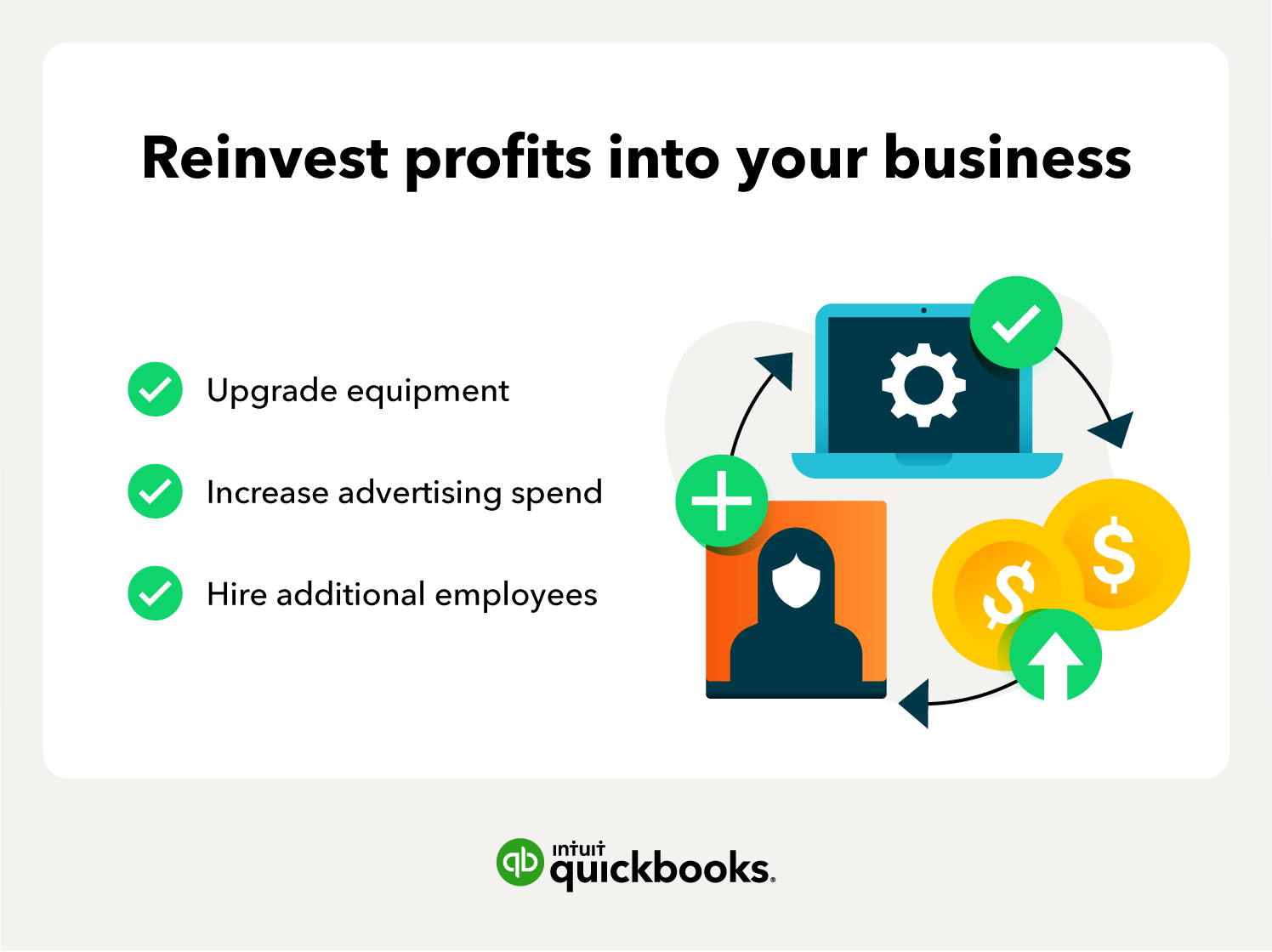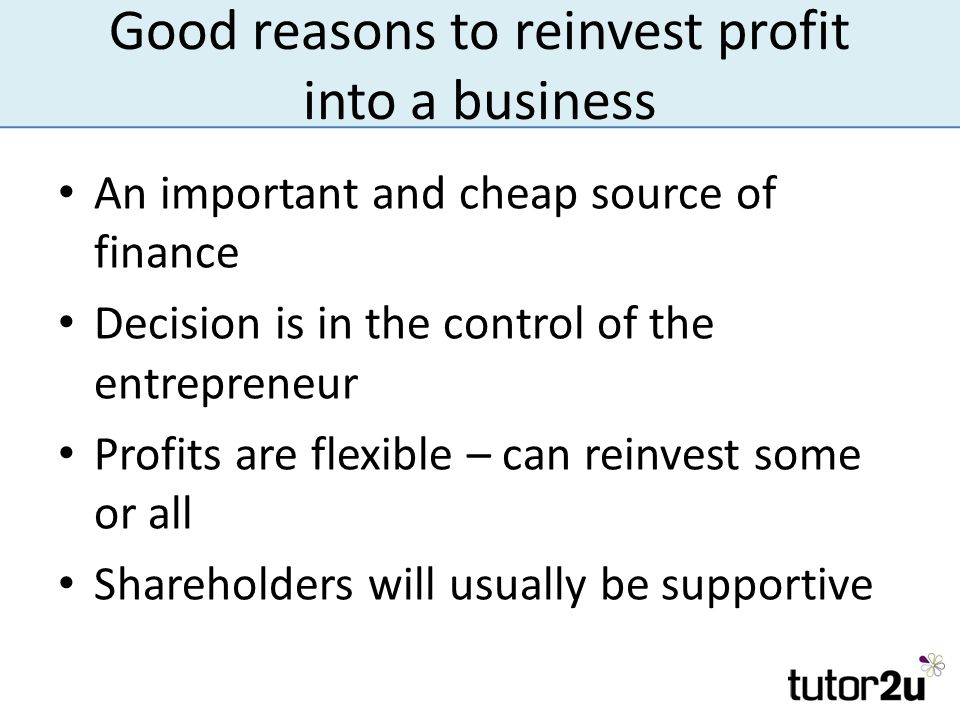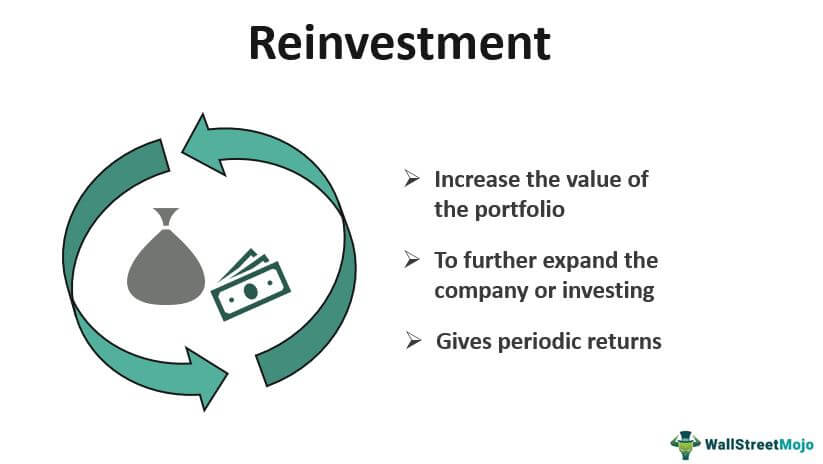Why Would Business Owners Choose To Reinvest Profits

Imagine a bustling bakery, the aroma of warm bread and sweet pastries filling the air. Customers line up, eager for their daily dose of deliciousness. The owner, a seasoned baker named Maria, surveys her thriving business, a smile playing on her lips. But Maria isn't thinking of a vacation; she’s contemplating a new oven, a state-of-the-art marvel that promises to bake even more exquisite treats.
At the heart of Maria’s decision, and countless others made by business owners every day, lies a fundamental question: Why reinvest profits back into the business instead of pocketing the earnings? The answer, while multifaceted, boils down to a simple principle: Growth.
Reinvesting profits is a crucial strategy for businesses seeking long-term sustainability and expansion. It fuels innovation, improves efficiency, and strengthens competitive advantage.
One of the most compelling reasons to reinvest is for innovation. In today's rapidly evolving market, standing still means falling behind. Investing in research and development, new technologies, or updated equipment allows businesses to stay ahead of the curve.
For Maria, that new oven isn't just a purchase; it's an investment in creating higher-quality products and experimenting with new recipes. A report by the Small Business Administration (SBA) highlights that companies that consistently invest in innovation are more likely to experience sustained growth and increased market share.
Improved efficiency is another significant benefit. Reinvesting in updated infrastructure, like software upgrades or streamlined processes, can lead to increased productivity and reduced operational costs.
A 2023 study by Deloitte found that businesses that prioritized digital transformation saw an average of 20% increase in efficiency. This translates to higher profit margins and the ability to offer competitive pricing.
Reinvesting strengthens a business’s competitive edge. Funding marketing campaigns, expanding product lines, or entering new markets allows companies to reach a wider audience and solidify their position in the industry.
Consider a local bookstore investing in an online platform to reach customers beyond its physical location. This allows it to compete with larger online retailers and cater to a broader demographic.
Employee development also deserves mention. Investing in training programs and employee benefits can lead to a more skilled and motivated workforce. The Society for Human Resource Management (SHRM) consistently emphasizes the link between employee development and increased productivity and retention rates.
This can also encompass offering more attractive salary packages to hire more skilled workers. Skilled workers can bring their expertise to the company and improve the quality of work.
There are inherent risks involved. Unexpected market downturns, failed product launches, or unforeseen economic challenges can jeopardize reinvestment plans. Diligent planning, thorough market research, and a cautious approach can mitigate these risks.
However, for Maria, the decision to reinvest is not purely calculated. It's driven by a genuine passion for her craft and a desire to create something lasting. It's about building a legacy.
For many business owners, the choice to reinvest profits is more than just a financial decision; it's a commitment to their employees, their customers, and their community.
As Maria watches the first batch of croissants emerge from her new oven, golden brown and perfectly flaky, she knows she made the right choice. The aroma of success fills the air, a testament to the power of reinvestment and the unwavering spirit of entrepreneurship.


















